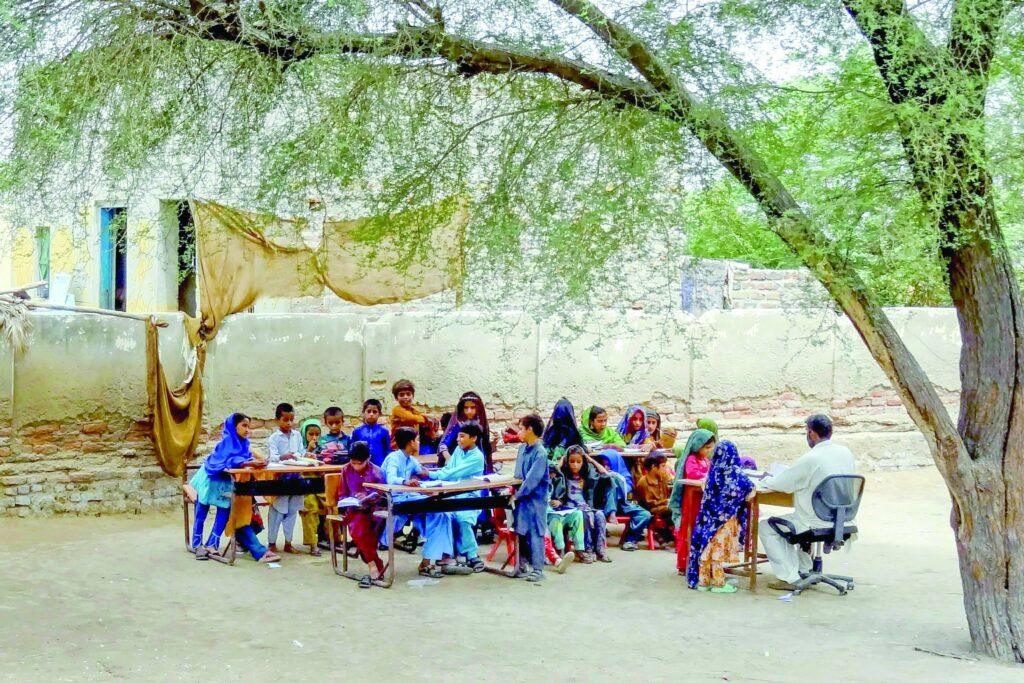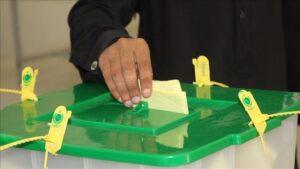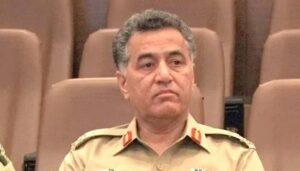LAHORE:
The children of Pakistan are losing weeks of education every year to school closures caused by the extreme climate linked to climate change, which caused calls for a radical rethinking of learning schedules.
The scorching heat, toxic smog and unusual cold snapshots have caused closures that must save children from the health risks of learning in classrooms that are often overcrowded and lack basic cooling, heating or ventilation systems.
In May, a heat wave at the national level saw temperatures of up to seven degrees Celsius above normal, reaching 45c (113 degrees Fahrenheit) in Punjab and inciting several provinces to reduce school hours or start the early summer holidays.
“The class becomes so hot that we are sitting in a brick oven,” said Hafiz Ehtesham, 17, outside a school in the center of Lahore.
“I don’t even want to come to school.”
Pakistan is among the countries most vulnerable to climate change, with limited resources for adaptation, and the extreme climate is aggravating an existing educational crisis caused mainly by access and poverty.
“Soon we will have important cognitive challenges because students are affected by extreme heat and extreme Smog for long periods of time,” said the educational activist based in Lahore, Baela Raza Jamil.
“The poorest are the most vulnerable. But climate change is in fact a great leveling and the urban middle class is also affected.”
The summers of Pakistan historically began in June, when temperatures reached 40 years. But in the last five years, May has been equally hot, according to the Department of Meteorology.
“During a blackout, I was sweating so much that the drops were falling from my forehead on my desk,” Jannat, a 15 -year -old student in Lahore told AFP.
“A girl in my class had a nasal heat of heat.”
According to government figures, around a third of Pakistani school -age children, more than 26 million, are out of school, one of the highest numbers in the world.
And 65 percent of children cannot read appropriate material for age at 10 years.
School closures affect almost all parts of Pakistan, including the most populous province of the Punjab country, which has the highest rates of school attendance.
Classes closed for two weeks in November due to air pollution, and another week in May due to heat. In the previous academic year, three weeks were lost to a cold wave and two weeks in May due to heat.
Political disturbances and Cricket matches that closed the roads meant more lost days.
In Baluchistan, the poorest province of Pakistan, May, heat waves have caused vacations in early summer for three consecutive years, while in the northwest province of Khyber-Pakhtunkhwa, school hours are cut regularly.
For the authorities, the choice is often between sending children to school in potentially dangerous conditions or seeing them fall behind.
In the province of southern Sindh, the authorities have resisted heat -related closures despite the growing demands of the parents.
“It is difficult for parents to send their children to school in this type of climate,” said Private School Director Sadiq Hussain, AFP in Karachi, added that assistance falls by 25 percent in May.
“His physical and mental health is being affected,” added Dost Mohammad Danish, general secretary of the entire Association of Private Schools and Colleges of Sindh.
“Do not expect better scientists from Pakistan in the coming years.”
The schools in Pakistan are supervised by the provincial authorities, whose closing notices apply to all schools in a region, even when they are hundreds of kilometers (miles) away and may be experiencing different conditions, or have different resources to face.
Teachers, parents and education experts want a rethinking of school hours, exam schedules and vacations, and schools can offer Saturday classes or divide the school day to avoid the heat of noon.
Izza Farrakh, a specialist in higher education at the World Bank, said that climate change -related impacts are affecting assistance and learning results.
“Schools must have flexibility to determine their academic calendar. It should not be centralized,” he said, adding that the end of the year exams that are generally carried out in May could be replaced by regular evaluations throughout the year.
Adapting school buildings is also crucial.
International development agencies have already equipped thousands of schools with solar panels, but many more than 250,000 schools in the country need help.
Hundreds of climate -resistant schools financed by World Bank loans are being built in Sindh. They are elevated to resist the floods of the monsoon, and equipped with solar panels for energy and scourge insulation to combat heat and cold.




